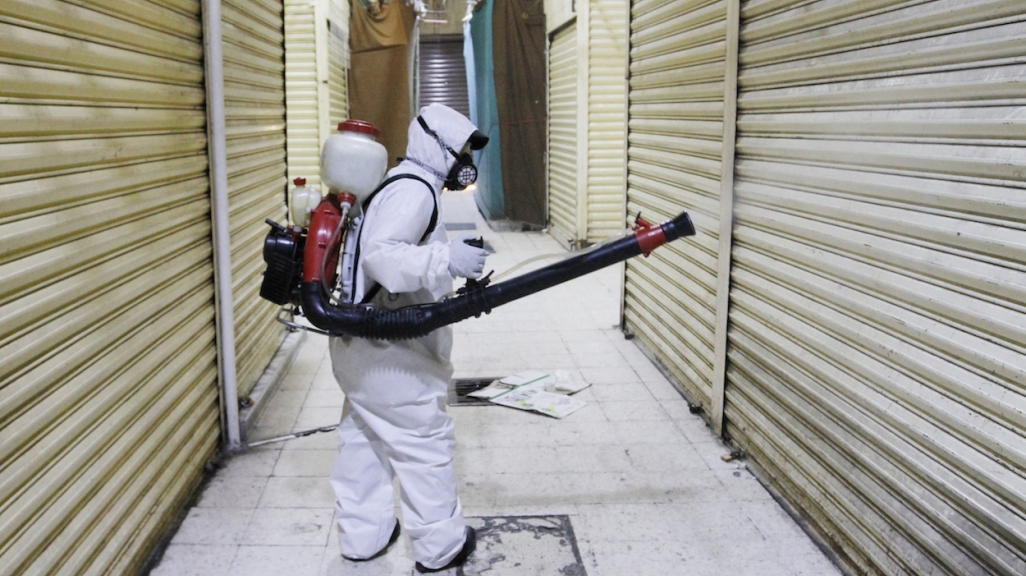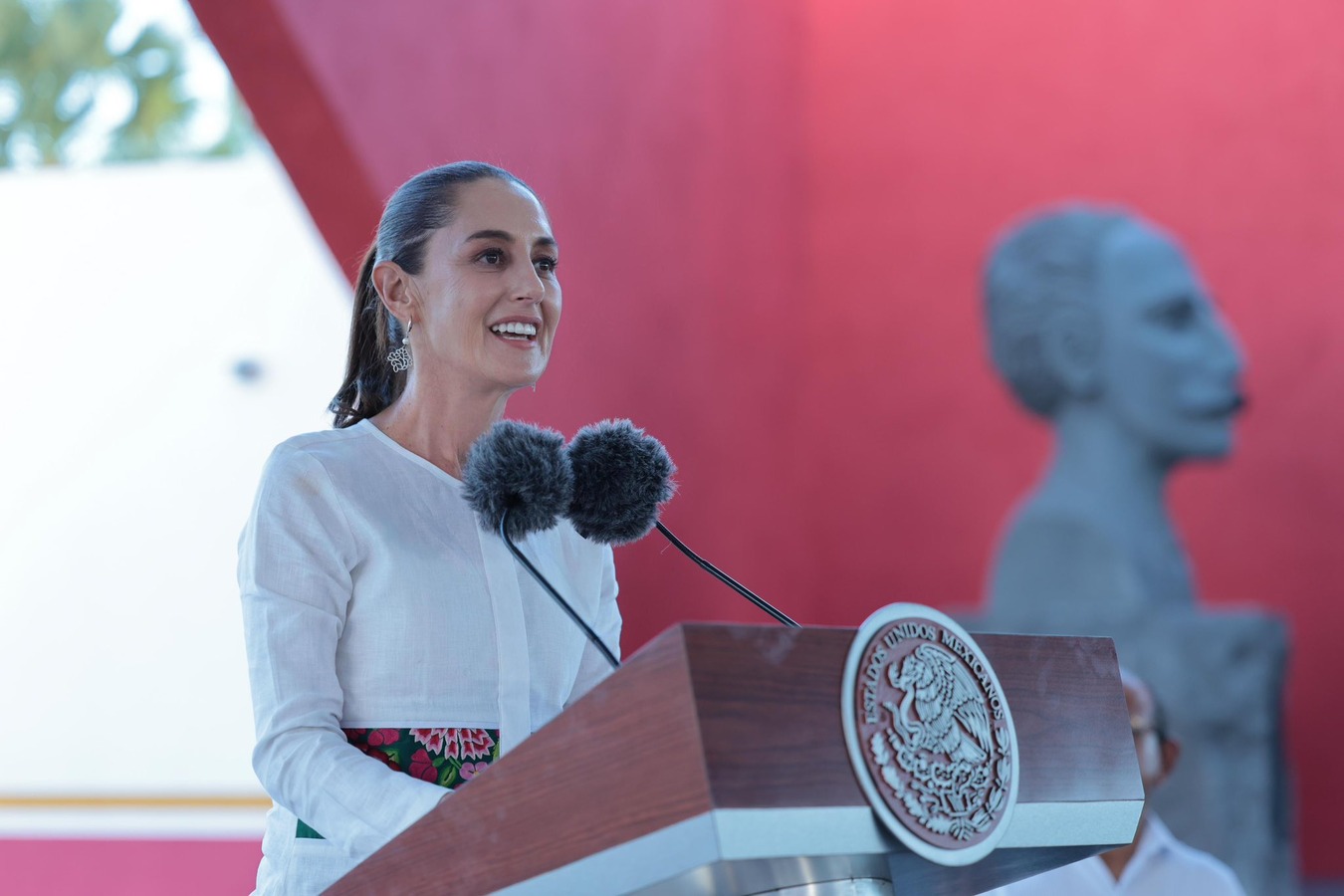Mexico Kick-starts Its Reopening Plan
Mexico Kick-starts Its Reopening Plan
Called the “new normal,” the country began its three-part reopening plan on May 18, even as confirmed COVID-19 cases topped 50,000.
It’s called the “new normal.” On May 18, about 50 days after declaring a national health emergency, Mexico began its three-phase reopening process. The country crossed another threshold on the same day as confirmed cases topped 50,000. Two days later, the confirmed death count exceeded 400 in one day for the first time.
With one of the lowest testing rates in Latin America, civil society groups and media outlets are releasing reports and raising concerns that official tallies undercount COVID-19 deaths, with the true number being at least three times higher in the capital, Mexico’s pandemic epicenter. Deputy Health Minister—and the government’s top coronavirus spokesman—Hugo López-Gatell has acknowledged that case and death tallies are higher than those confirmed.
The government of President Andrés Manuel López Obrador says the country hit peak contagion on May 8—though day-on-day case count increases continue to rise—and unveiled its reactivation plan a few days later. There’s little mystery why: 10.7 million Mexicans are at risk of falling into extreme poverty and analysts forecast a GDP contraction of at least 7 percent for 2020. With more than 555,000 jobs lost in April, the highest figure on record, Mexicans are worried about their economic fate in pandemic times. On May 10, López-Gatell suggested that even with new outbreaks, there would not be a return to a national-level quarantine, given the devastating economic effects.
Each country is fighting the same virus, but the battles waged are playing out differently across the board.










